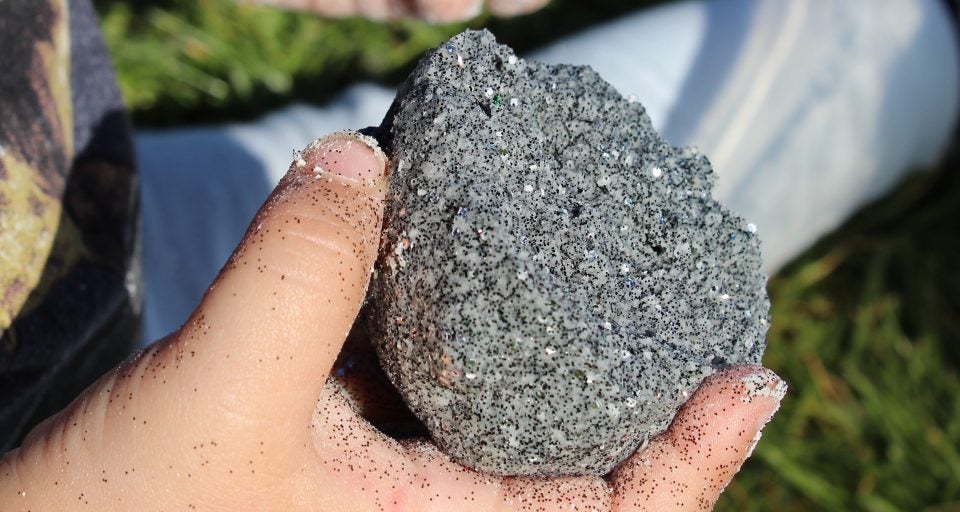
Make Exploding Moon Rocks
Learn about how baking soda and vinegar react when making this exploding moon rock dough! The dough comes together easily and is a great tactile experience for younger kids. Then, let the older kids add vinegar to your dried rocks and let the explosions begin!
Supplies
A box of baking soda
Food coloring (red + green)
Black glitter
Silver glitter
White vinegar
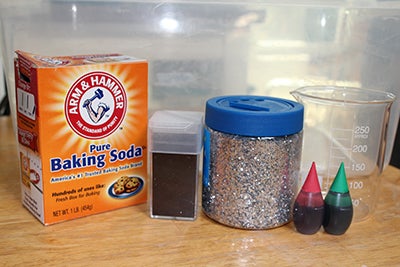
Instructions
1. Pour the entire box of baking soda into a plastic container or large bowl.
2. Combine 1/2 cup of water with 2 drops of red food coloring and 2 drops of green food coloring. Water should appear blackish-brown in color. Set aside.
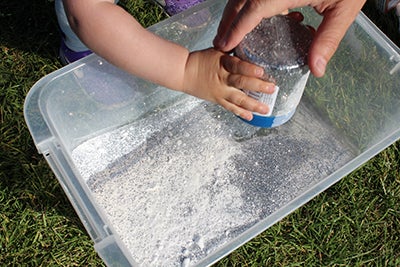
3. When you have a nice glittery baking soda mix, slowly add the colored water.
As you add more water, you’ll notice that the baking soda gets to a good consistency so that you can form rocks, but be careful of adding too much water, because the baking soda will dissolve.
The rocks should hold together without much trouble. We highly recommend spending some quality time forming, breaking, and reforming the rocks – it’s a really fun sensory experience for little ones!
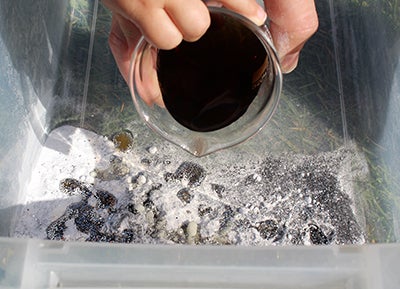
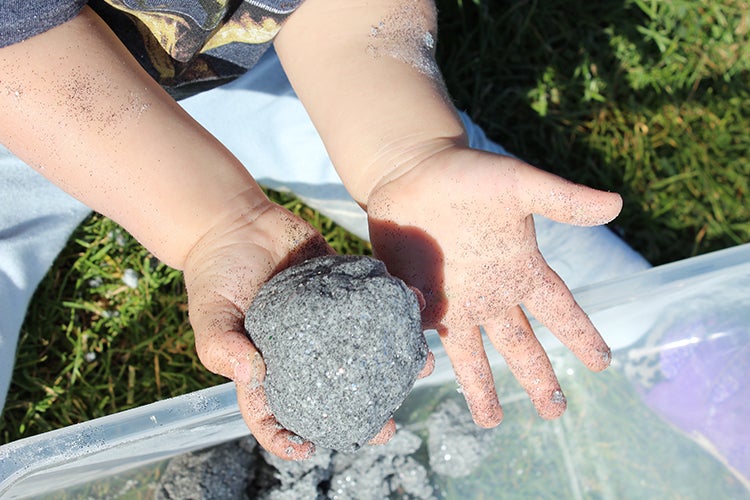
4. Once you’ve finished playing with the dough and have formed the moon rocks, leave them out in the sun or a warm, dry spot to harden. Depending on your weather, it might take a few days to fully harden.
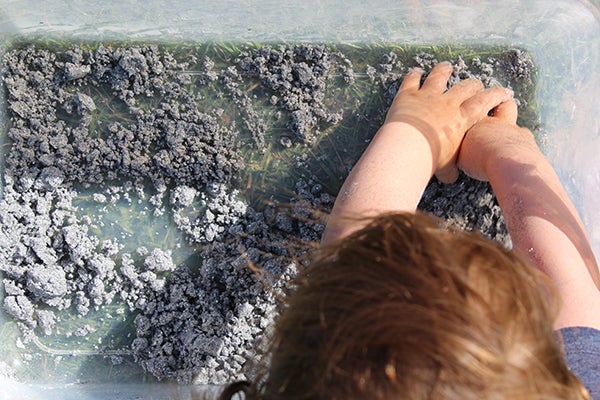
5. When the moon rocks have dried, put them back into the plastic bin or bowl (this will help contain the mess that is about to happen). Slowly dribble vinegar over the top and observe the reaction! Baking soda and vinegar combine and create carbon dioxide, which gets released forcefully and creates the foaming explosion.

What’s the science behind the exploding moon rocks?
It’s chemistry! When baking soda (a base) and vinegar (an acid) are mixed together, one of the products this reaction creates is carbon dioxide gas. The carbon dioxide gas escapes, and that gas forms the bubbles you see on the outside of the rocks when vinegar is poured over them.
Here are a few discussion questions you can ask your kids to think about:
- Would this reaction really happen on the moon?
- Hint: Probably not. The moon’s atmospheric gas is made up of different elements than Earth, so the reaction might be completely different. No one has tested a baking soda and vinegar reaction on the moon yet – maybe your child can be the first!
- Does the exploding reaction work better on a completely dry moon rock? What about on a freshly-made, wet moon rock?
- What else can you do with a baking soda and vinegar reaction?
